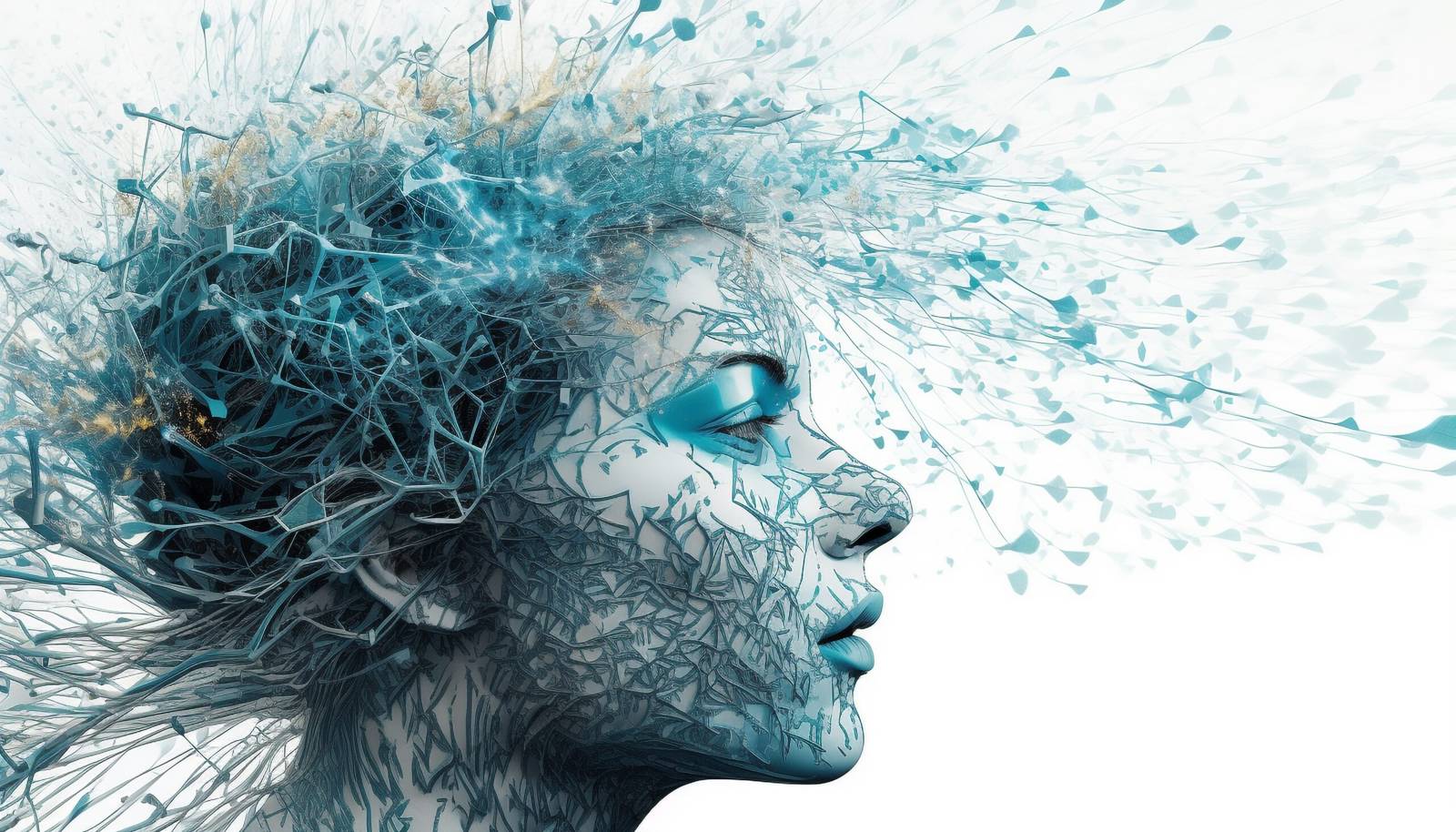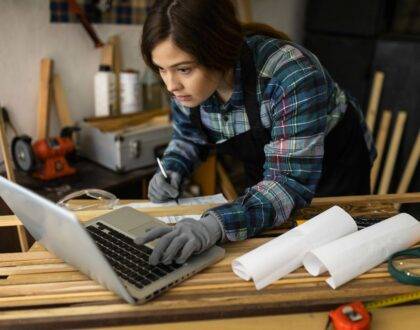AI and Creativity: How Artificial Intelligence is Redefining Art and Design

by Web Digital
Artificial Intelligence (AI) has swiftly moved from being a mere technological curiosity to a transformative force across various industries. Among the realms it’s significantly influencing, one of the most unexpected and intriguing is the world of art and design. This 1000-word article delves into the fascinating intersection of AI and creativity, exploring how AI is reshaping the way we create, appreciate, and even define art.
The Genesis of AI in Art and Design
The fusion of AI and creativity might seem paradoxical at first glance. Creativity, traditionally associated with human intuition, emotion, and inspiration, appeared to be beyond the reach of algorithms and computational processes. However, AI has defied these preconceptions and emerged as a powerful tool for artists and designers.
One of the pivotal moments in the marriage of AI and creativity was the development of Generative Adversarial Networks (GANs). GANs consist of two neural networks, a generator and a discriminator, which engage in a creative tug-of-war. The generator produces content, while the discriminator assesses its genuineness. This back-and-forth process results in the generation of increasingly convincing and innovative artworks.
AI as an Artist’s Assistant
AI’s impact on the creative process is akin to a trusted assistant, always ready to offer suggestions and inspiration. Artists and designers can use AI algorithms to augment their creativity. For instance, AI can analyze an artist’s existing works and generate ideas for new pieces based on their unique style.
AI-powered tools like Adobe’s Photoshop, with its “Content-Aware Fill” feature, help designers remove objects from images seamlessly. It’s a creative marvel, enabling designers to edit photos with a level of precision and ease that was previously unimaginable.
AI as a Creator: Art and Music
While AI can assist human creators, it can also function as a creator in its own right. Artists have started to collaborate with AI to produce entirely new forms of art. The results are often intriguing and challenge conventional notions of authorship and creativity.
In the realm of music, AI algorithms can compose original pieces that rival the creations of human composers. From classical symphonies to contemporary pop tunes, AI-generated music spans a wide spectrum of styles. In some cases, it’s nearly impossible to distinguish between a human-composed and AI-composed piece.
Visual art is no exception. AI-generated artworks, such as those produced by the GAN-based algorithm, have been sold at prestigious art auctions for substantial sums. This blurs the lines between human and machine creativity, raising questions about the value and authenticity of AI-generated art.
AI and Design: The Perfect Collaboration
Designers, too, are embracing AI as a valuable collaborator. AI algorithms can analyze user preferences, design trends, and data to create aesthetically pleasing and functional designs. This can be particularly valuable in fields like user interface (UI) and user experience (UX) design, where the balance between form and function is critical.
AI also plays a pivotal role in automating repetitive design tasks, freeing up designers to focus on more creative and strategic aspects of their work. Design software like Canva and Figma use AI to suggest design elements, layouts, and colour schemes, making design accessible to a broader audience.
The Ethical and Philosophical Questions
As AI’s influence in art and design grows, it raises important ethical and philosophical questions. Is AI truly creative, or is it simply mimicking patterns it has learned from human creations? What happens to the concept of authorship when AI is involved in the creative process? These questions challenge our understanding of creativity, originality, and art’s role in human culture.
Additionally, there are concerns about bias in AI-generated content. AI algorithms gain knowledge from available data, which could include societal biases. This can result in AI-generated content that reflects and perpetuates those biases. Addressing and mitigating these issues is crucial for the responsible use of AI in art and design.
The Future of AI and Creativity
The journey of AI and creativity is still in its early stages, and the future holds exciting possibilities. AI is likely to continue evolving, pushing the boundaries of what is creatively achievable. Artists and designers will increasingly explore AI as a medium for expression and experimentation.
Innovations in AI-driven creativity may also lead to entirely new forms of art and design that we can’t even imagine today. The fusion of human intuition and AI’s computational power could result in artistic and design endeavours that are truly groundbreaking.
Conclusion
AI is challenging the conventional boundaries of creativity in art and design. It serves as both a collaborator and a creator, offering new tools and perspectives to artists and designers. While it raises ethical and philosophical questions, it also promises to open up new realms of creative expression.
As AI continues to mature and expand its capabilities, its role in shaping the future of art and design will become increasingly significant. Artists and designers who embrace AI as a creative partner may find themselves at the forefront of a transformative movement in the world of creativity, where human ingenuity and machine intelligence converge to redefine the very nature of art and design.
Recommended Posts

The Best Email Marketing Platforms for Canadian Users
September 27, 2025

How to Use Google Business Profile for Local SEO
September 26, 2025

Website Maintenance Checklist for Canadian Small Businesses
September 26, 2025
